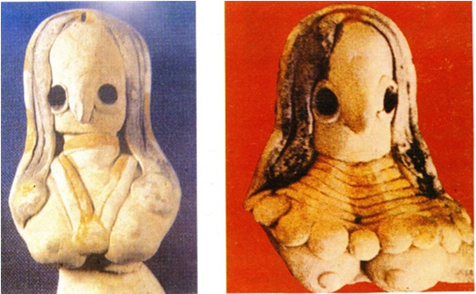Mrugendra Vinod Introduction VEDiC literature is basically oral and hence called Śruti. It was committed to writing to facilitate learning in historical period. Vedic literature is made up of śākhās. Śākhās have Saṁhitā, Brāhmaṇa and Āraṇyaka as names of books. These śākhās have been compiled by the vedācāryas in...
Vasant Shinde IT Is a well-known fact that the Haṛappan civilization that flourished in major part of the north-west Indian subcontinent between 2600 BCE to 1900 BCE (Shinde 2016) laid the foundation of modern India. Most of the Indian traditions and basic knowledge system were introduced in the Indian...
Shashi Tiwari Abstract The Vedas suggest that the Vedic people were acquainted with the seven rivers and especially with the mighty river Sarasvatī. Vedic mantras present an extraordinary picture of culture, religion, philosophy, economics, polity, ritualistic practices and scientific knowledge of the Vedic people. The description of the mighty...
The interpretation of human cultural past with the aid of folklore and traditions is an important aspect in understanding the various facets of intangible heritage. The folklore and traditions are transmitted from generation to generation and preserved in loosely held rituals and cultural traits, some of which survive even...
B.B. Lal Way back in the third millennium BCE, there were four major civilizations on the Afro-Asian continents: the Egyptian civilization on the banks of the Nile, the Mesopotamian civilization in the Euphrates Valley, the Chinese civilization on the Yellow River and the Indian civilization on the Indus, running...




